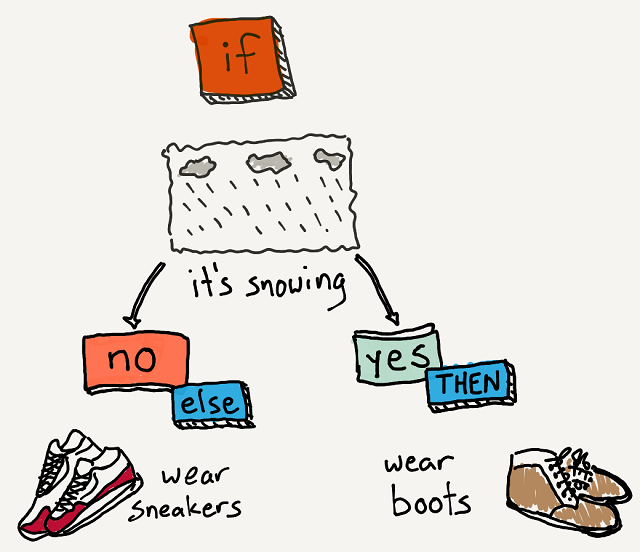Introduction to Conditionals
Conditionals are a fundamental concept in programming that allow computers to make decisions based on specific conditions. They are essential for controlling the flow of a program and determining which actions to take based on whether certain criteria are met. In this guide, we will explore the concept of conditionals, their syntax, and practical applications in everyday life and programming.
Key Features:
- Definition: Conditionals are instructions that tell the computer to perform an action only if a certain condition is true.
- Structure: The basic structure of a conditional statement follows the format: IF (condition), THEN (action). An optional ELSE can be added to specify an alternative action if the condition is not met.
- Real-life Examples: Conditionals are not just for programming; they are used in daily decision-making. For instance, "If it rains, then take an umbrella; else, wear sunglasses."
- Programming Applications: Conditionals are used in various programming languages to control the flow of execution, making them crucial for creating dynamic and responsive applications.
Use Cases:
- Game Development: In games, conditionals can determine player actions based on inputs or game states.
- Web Development: Websites use conditionals to display different content based on user interactions or data.
- Automation: Conditionals are used in scripts to automate tasks based on specific triggers or conditions.
By understanding and utilizing conditionals, programmers can create more complex and interactive applications that respond intelligently to user inputs and environmental changes.

